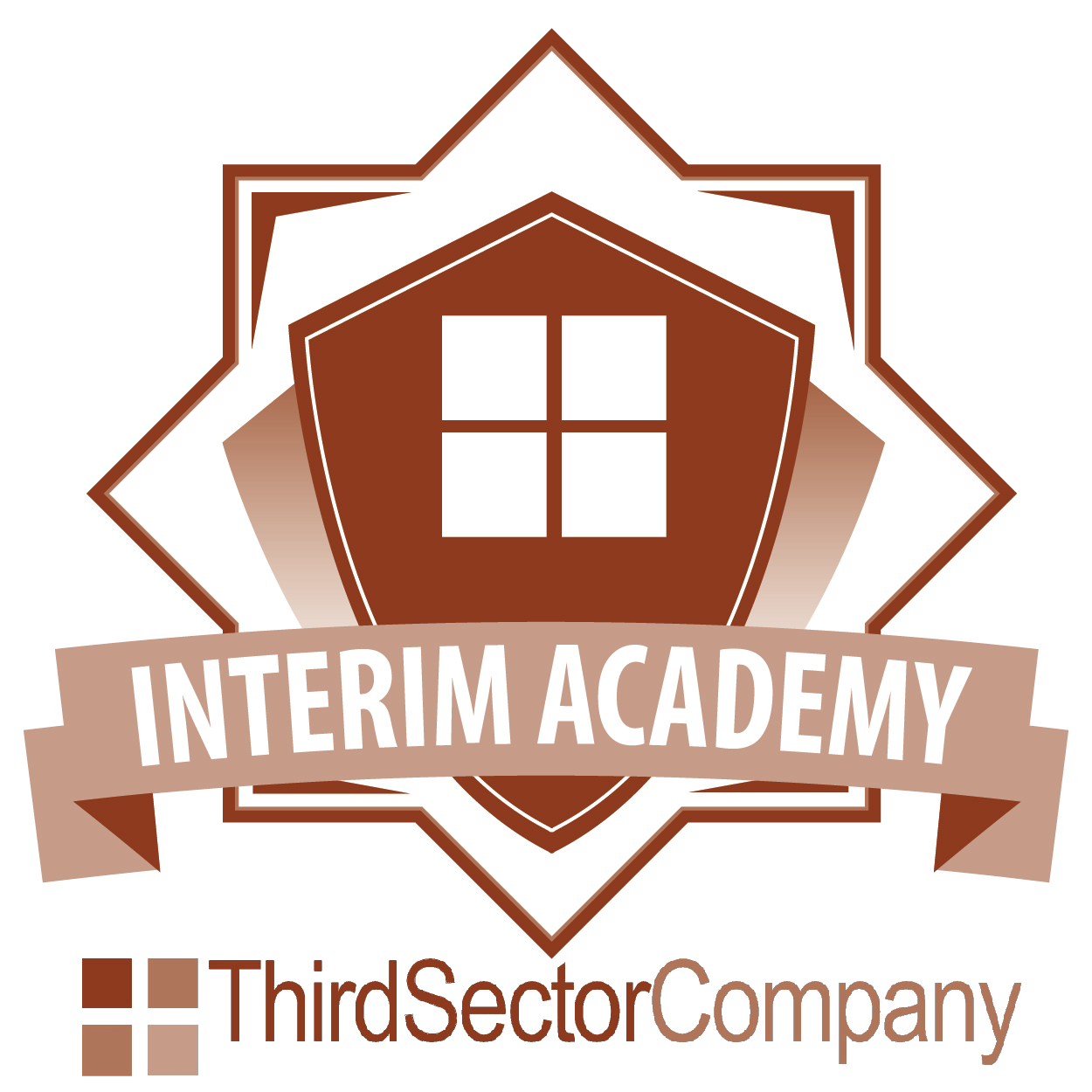Being promoted to acting executive director can be an honor but comes with its fair share of stress. You are suddenly taking on a new set of high-level responsibilities while still trying to maintain your existing work. There’s a huge advantage to the organization to temporarily fill a position internally. It is a fairly fast and simple process, but there are significant challenges to overcome.
Interim ED
Succession Planning for Success
Leadership changes at nonprofit organizations are expected, but too often no plan has been created. We know that so much can happen. The current leader’s spouse gets a job offer in another state. Their elderly parent suddenly needs around-the-clock care. The board finds out about an incident outside work, forcing the resignation of the current leader. Often, though, it is much less drastic. Maybe the current leader decides to take an extended vacation and realizes how much they need to record and delegate before they go.
Advantages of Executive Search Consultants for Nonprofits
 Partnering with an outside search consultant to hire the next executive director allows the board to focus on leading the organization, and on choosing the best candidate, rather than getting bogged down in the details of the search. Too often, boards try to do everything themselves, not realizing until it is too late how much time a search takes, and how different it is from a corporate hire. The executive director is the most important position in the organization and putting in the necessary time to get it right will save everyone time and frustration later on.
Partnering with an outside search consultant to hire the next executive director allows the board to focus on leading the organization, and on choosing the best candidate, rather than getting bogged down in the details of the search. Too often, boards try to do everything themselves, not realizing until it is too late how much time a search takes, and how different it is from a corporate hire. The executive director is the most important position in the organization and putting in the necessary time to get it right will save everyone time and frustration later on.
What Interim Executive Directors Do [video]
What Interim Executive Directors Do – recorded August 12, 2020
Interim executive directors play an important role in a nonprofit leadership transition. But what do they actually do? Why are they valuable? How can you become one?
Learning to Be an Interim Executive

Being an interim executive director is a challenging role and one that not many people have the training and experience to complete successfully. I have had two interim director roles, but I knew I had much more to learn. In late January 2019, I attended the Interim Executives Academy developed by the Third Sector Company.
The training gave me a solid foundation to use to grow my skills as an interim. It was also helpful to meet other interim directors and talk about our challenges and our successes.
There were three fundamental aspects that I learned during the training:
Behind the Scenes as an Interim Executive Director
After three months of interim executive director work, I have learned a lot, been surprised by a few things, and generally enjoyed the work and felt like I was contributing. Below are the details of both positions.

